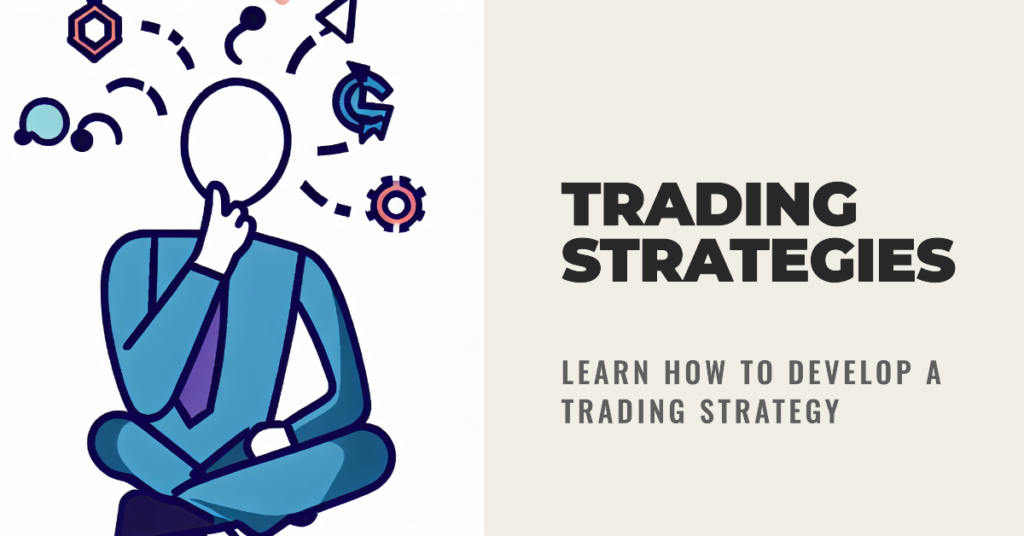
The Secret to Successful Forex Trading
- Jonny Smith
- April 8, 2023
- economic, Forex Trading For Beginners
- ecn, forex, forex_brokers, strategies
- 0 Comments
It’s not easy to trade forex, but it can be profitable.
Don’t worry, you can do it with a little luck and coffee !
I’ll give you a few tips to make this market easier for you.
From picking the right broker to managing risk, we’ve got it all covered.
1. Choose the right broker

Your broker plays a crucial role in your Forex trading journey. Choosing a reliable, reputable, and regulated broker is essential to ensuring a secure and smooth trading experience.
Consider the following factors when selecting a broker:
- Regulatory compliance: Ensure your broker is regulated by a reputable authority, such as the FCA (UK), ASIC (Australia), or CySEC (Cyprus).
- Trading platform: Choose a broker with an intuitive, user-friendly trading platform that offers advanced charting tools and customizable features.
- Execution speed: Fast and accurate order execution is vital in fast-moving markets like Forex.
- Spreads and commissions: Look for competitive spreads and transparent fee structures.
- Customer support: Choose a broker with responsive and knowledgeable customer support.
Real-Life Example:
John chose a broker regulated by the FCA, offering a user-friendly trading platform with tight spreads and efficient customer support.
2. Develop a trading strategy

A well-defined trading strategy is the backbone of successful Forex trading. It helps you make informed decisions and eliminates emotional trading.
Steps to develop a trading strategy:
- Define your trading style: Are you a day trader, a swing trader, or a position trader? Your trading style will influence your strategy and timeframes.
- Identify your entry and exit points: Use technical analysis tools like support and resistance levels, trendlines, and chart patterns to determine when to enter and exit trades.
- Set your risk parameters: Determine your risk tolerance, stop loss, and take profit levels.
- Test your strategy: Use a demo account to fine-tune your strategy before trading with real money.
Real-Life Example:
Jane, a swing trader, developed a method using moving averages and Fibonacci retracements to identify trade entry and exit points.
3. Manage Your Risk

Effective risk management is essential for long-term Forex trading success. Controlling your losses and protecting your capital increases your chances of staying in the game.
Here are some risk management tips.
- Use stop losses: A stop loss order automatically closes your position if the market moves against you, limiting your losses.
- Set appropriate position sizes: Don’t risk more than 1-2% of your account balance on a single trade. Adjust your position size accordingly.
- Diversify your portfolio: Trade multiple currency pairs or other assets to spread risk.
- Monitor your open positions: Monitor your trades, adjust your stop loss, and take profit levels as needed.
Real-Life Example:
Mike used a 2% risk rule and diversified his portfolio by trading multiple currency pairs, effectively managing his risk.
4. Master Technical and Fundamental Analysis

Successful Forex traders use technical and fundamental analysis to make informed trading decisions. While technical analysis involves studying price charts and patterns, basic research focuses on economic indicators and news events.
- Learn technical analysis: Understand chart types, technical indicators, and price patterns to predict future price movements.
- Understand fundamental analysis: Keep track of economic indicators, central bank decisions, and geopolitical events that impact currency values.
- Combine both approaches: Use technical analysis for entry and exit points and fundamental analysis to gauge overall market sentiment.
Real-Life Example:
Sarah used technical analysis to identify a potential trade setup and checked the economic calendar to confirm no significant news events could impact her trade, ensuring a well-rounded approach to her trading decision.
5. Keep a trading journal.

Maintaining a trading journal is a valuable habit for continuous improvement and learning. You can track your progress, identify your strengths and weaknesses, and refine your trading strategy.
Your journal should include:
- Trade details: Record the date, currency pair, entry and exit points, position size, and outcome of each trade.
- Market conditions: Note the prevailing market sentiment and relevant news events.
- Trading thoughts: Write about your thought process, emotions, and decision-making during the trade.
- Lessons learned: Reflect on your trade outcomes and identify areas for improvement.
Real-Life Example:
Laura maintained a detailed trading journal and discovered a recurring mistake in her stop loss placement, which she later corrected to improve her overall performance.
6. Practice patience and discipline

Patience and discipline are crucial traits for successful Forex trading. They help you avoid impulsive decisions and stick to your trading plan.
Here are some tips for cultivating these qualities:
- Set realistic expectations: Understand that trading is a long-term endeavor, and overnight success is unlikely.
- Follow your trading plan: Adhere to your pre-determined entry and exit points and risk parameters.
- Avoid overtrading: Resist the temptation to trade excessively, as it can lead to fatigue and poor decision-making.
- Stay objective: Keep your emotions in check and make decisions based on your analysis and strategy.
Real-Life Example:
Despite facing a series of losing trades, David remained patient and disciplined, sticking to his trading plan and eventually achieving consistent profitability.
7. Continuously educate yourself.

Forex markets are constantly evolving, and successful traders never stop learning. Keep up with market developments, cutting-edge trading tools, and strategies.
Here’s how to stay informed:
- Follow financial news outlets: Keep track of global economic events and market news.
- Participate in online trading communities: Engage with other traders on forums and social media to exchange ideas and learn from their experiences.
- Attend webinars and workshops: Join educational events hosted by professional traders and industry experts.
- Read trading books and articles: Stay informed about the latest strategies, trading psychology, and market analysis techniques.
Real-Life Example:
Emily dedicated time each week to reading trading books and attending webinars, continually expanding her knowledge and enhancing her trading skills.
Successful Forex trading requires knowledge, discipline, and persistence. So, keep learning, stay focused, and enjoy the journey! By choosing the right broker, developing a solid trading strategy, managing risk effectively, mastering technical and fundamental analysis, maintaining a trading journal, practicing patience and discipline, and continuously educating yourself, you’ll achieve consistent profitability in the Forex market.








